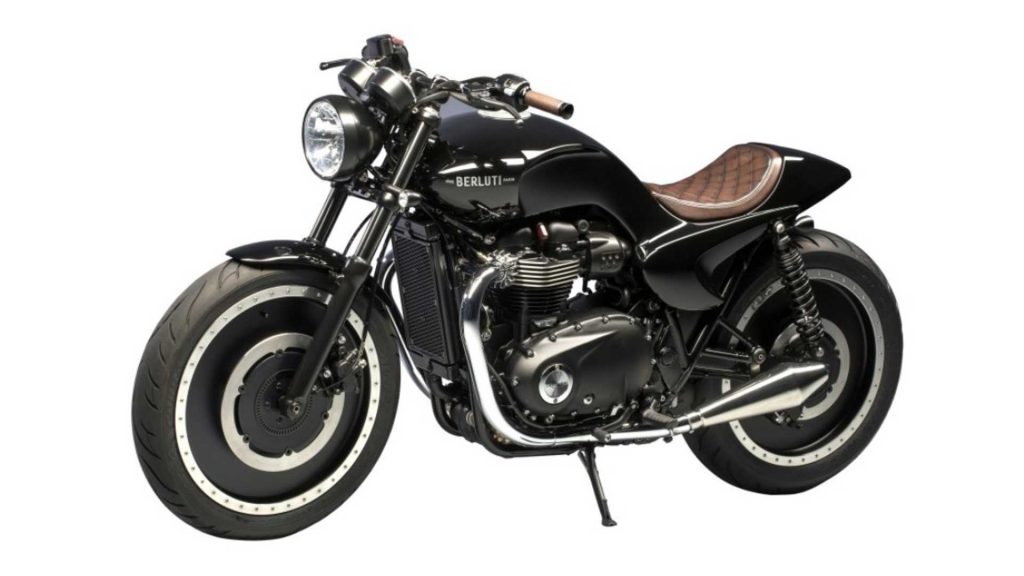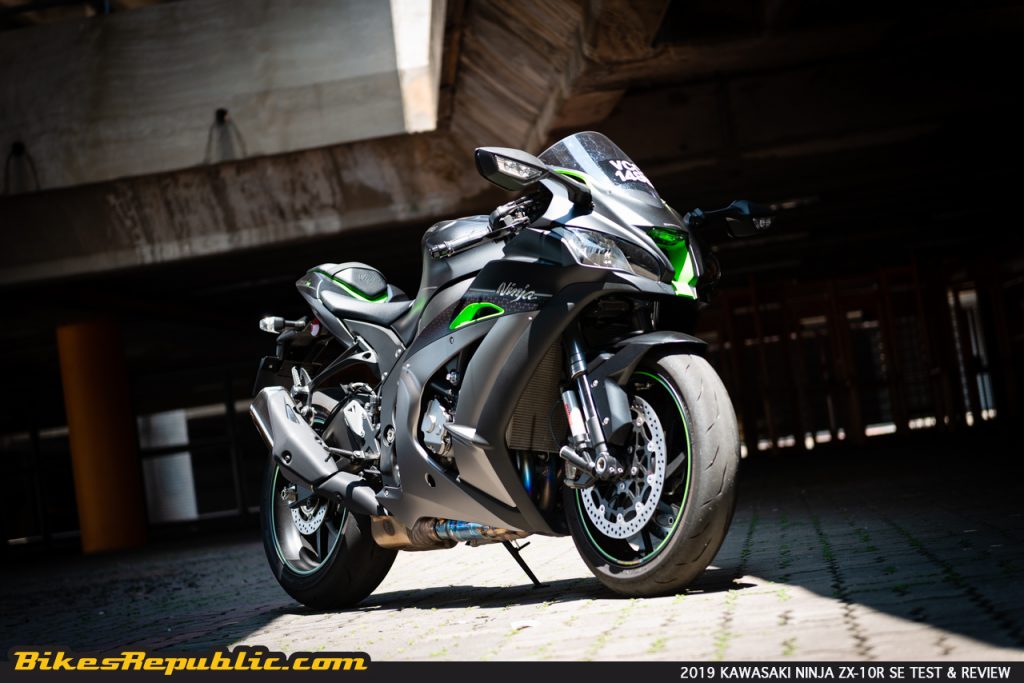-
A prototype KTM 390 Duke was caught testing on the road.
-
The pictures show revised frame and chassis.
-
It is believed to be the 2021 model.
The KTM 390 Duke is one of the most rip-roaring bikes we’ve tested. Small as it may seem, the 2018 model rode more like a 500cc bike rather than a 372cc single-banger.
There isn’t others like it as most of its peers are dual-cylinder machines. But KTM made the 390 Duke in their “Ready to Race” spirit, hence the ability to use it for the daily commute and at a trackday. Many riders agree and it is actually KTM’s best-seller throughout the world.
And while we don’t see a reason to upgrade it, the manufacturer thinks otherwise, apparently.
Recently, RideApart reported that the prototype of the 2021 version was spotted testing.
Check out the photo. There’s a new headlight and TFT screen up-front. The front turnsignals are attached to the meter’s mount. Look closer and you’ll see the new frame and the engine is mounted on V-shaped hangers rather the single “bone” we see on the current model. The lower triple clamp behind the headlight is massive, hinting towards a change in geometry. Further back, the swingarm is likewise different.
The seats look thicker and bigger in the picture but they are probably dummies used during testing.
Source and picture: RideApart






































